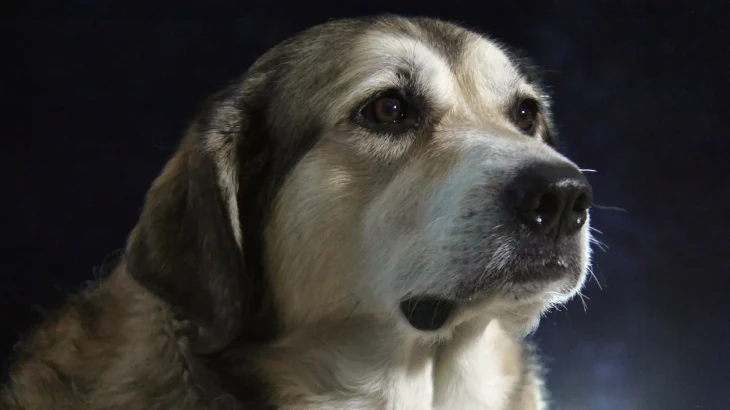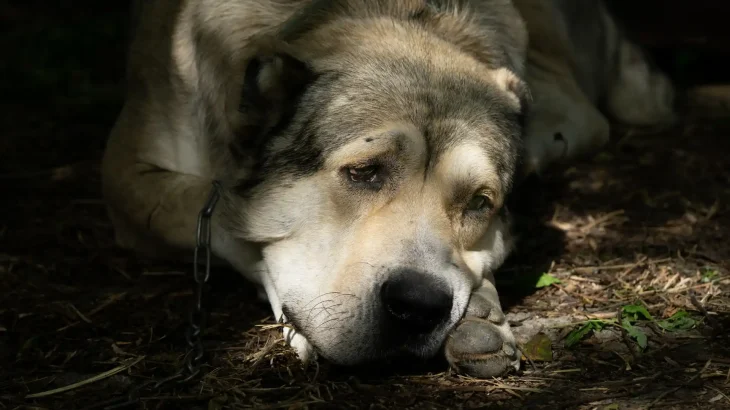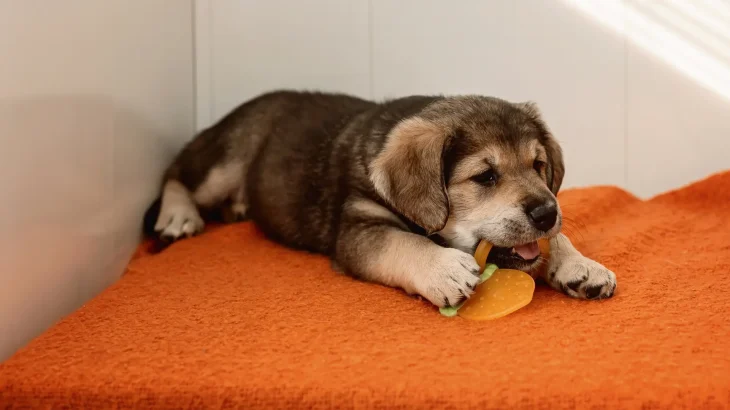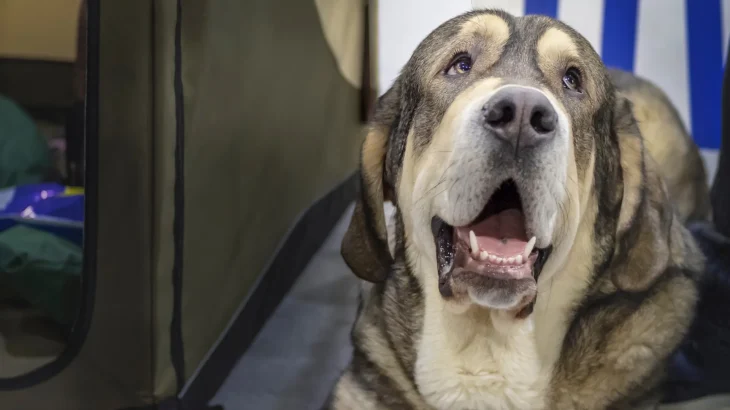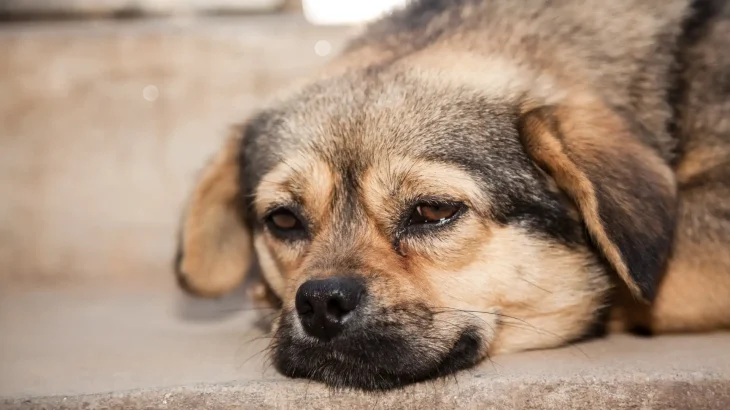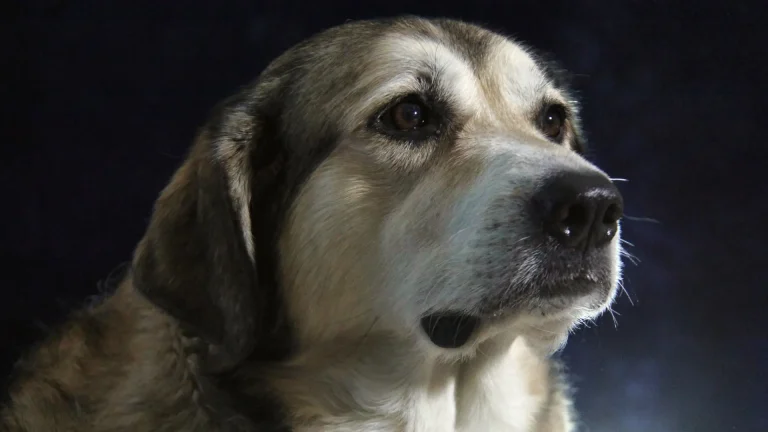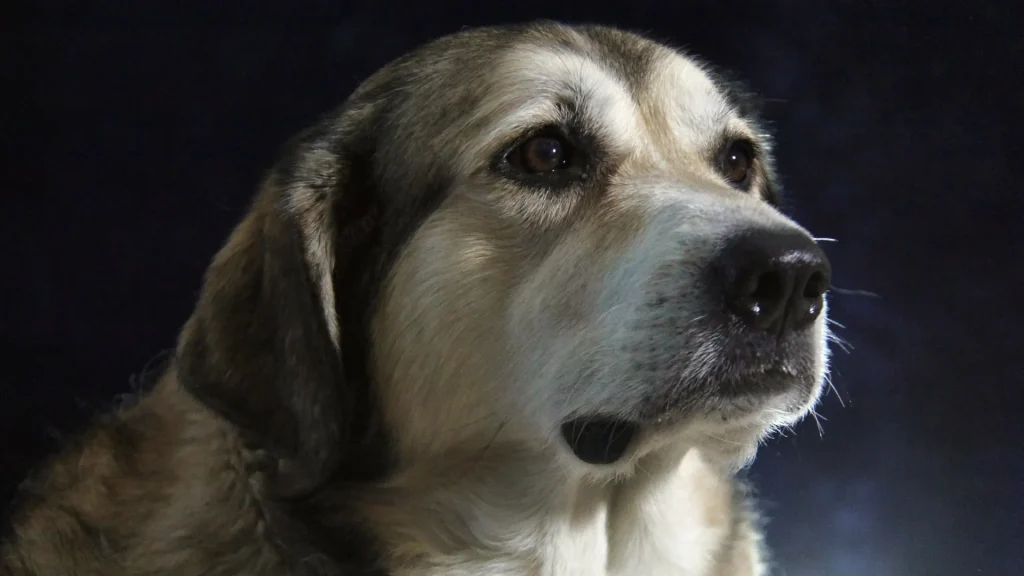Deciding between adopting or purchasing a Georgian Shepherd puppy depends on what matters most to you: cost, health transparency, and ethical concerns. Both options have their perks, whether it's the joy of giving a dog a second chance or ensuring breed specifics through a trusted breeder.
Adoption vs. Breeder: Pros & Cons
| Criteria | Buying from Breeder | Adopting from Shelter/Rescue |
|---|---|---|
| Cost | Higher upfront cost reflecting purebred status and breeder expenses. | Lower adoption fees, more budget-friendly. |
| Health History | Usually comprehensive health records and genetic testing. | Health history may be limited or unknown; basic checks done. |
| Age Availability | Puppies generally available for early socialization. | All ages available, including adults ready for new homes. |
| Temperament Insight | Breeders can provide detailed temperament and lineage info. | Temperament assessed mainly through shelter observations. |
| Ethical Considerations | Supports responsible breeding if breeder is ethical; be wary of puppy mills. | Gives homes to dogs in need, reducing shelter overcrowding. |
| Breed Purity & Pedigree | Documented pedigree and breed standards ensured. | Breed may be mixed or uncertain; pedigree unavailable. |

